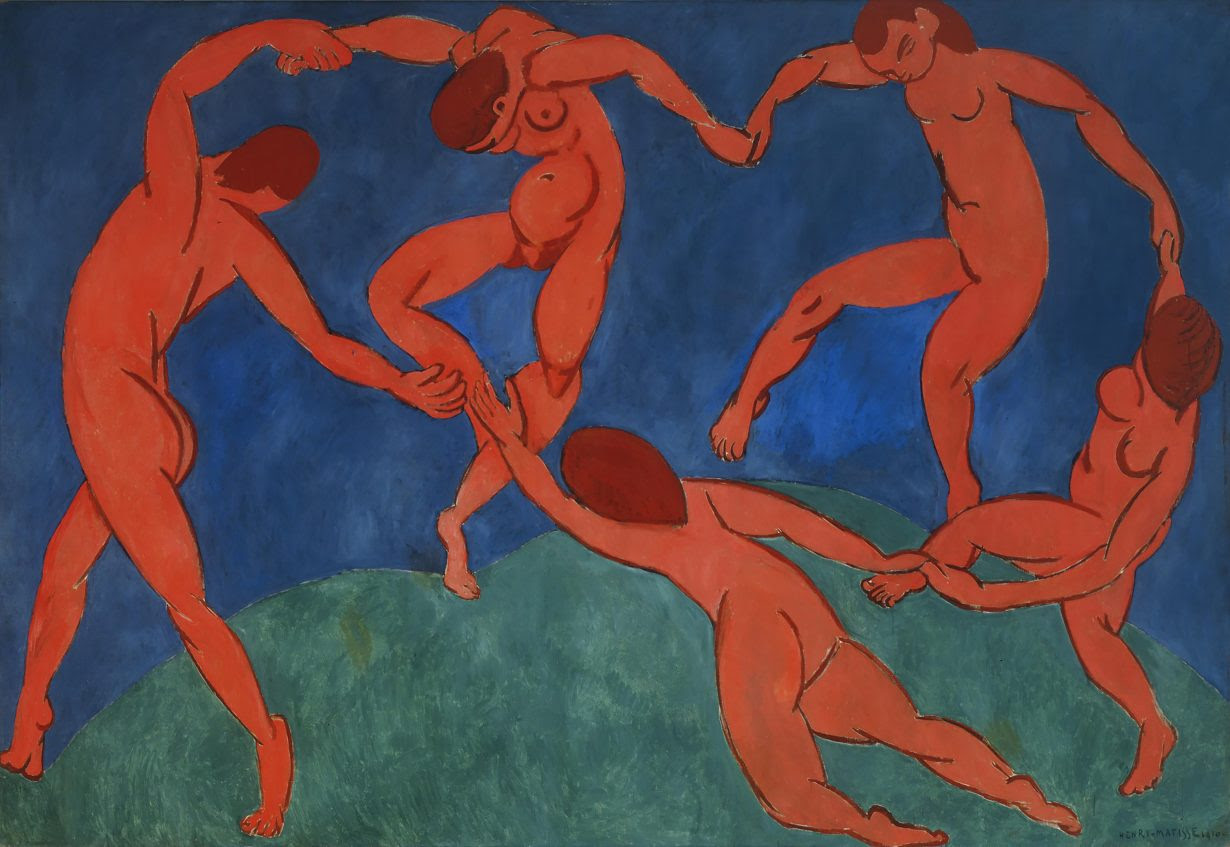French avant-garde movement Fauvism was the first of many to emerge in Paris in the early twentieth century. Fauve painters were the first to break away from both Impressionism and traditional methods of perception.
Natural beauty inspired them to express themselves through solid brushstrokes and brilliant hues straight out of the tube. André Derain (1880–1954) and Henri Matisse (1869–1954) worked together in the little fishing port of Collioure on the Mediterranean coast in the summer of 1905, introducing unnaturalistic colour and vigorous brushstrokes into their paintings (1975.1.194; 1982.179.29).
Later that year, at the Salon d’Automne in Paris, the clever critic Louis Vauxcelles referred to them as Fauves (“wild creatures”) in a review for the journal Gil Blas, which was published in Paris. It was later used to describe the artists as a whole. They were an informal collective of artists interested in nature, but they didn’t have a set plan.
The Fauve movement was led by Matisse, who had previously experimented with the numerous Post-Impressionist styles of Van Gogh, Gauguin, and Cézanne and the Neo-Impressionist styles of Seurat, Cross, and Signac. He was inspired by these influences to reject three-dimensional space favouring a new picture space defined by the movement of colour planes (1999.363.38; 1999.363.41).
He may be considered a “natural” Fauve because of the intensity of his use of colour, which corresponded to his exuberant personality. Maurice de Vlaminck (1876–1958) was another notable Fauve. Following the Salon des Indépendants’ second major retrospective of Van Gogh’s work in 1905 and Matisse and Derain’s Collioure Fauve works, Vlaminck made the final step toward adopting the Fauve style.
Derain’s artistic style was somewhere between that of Vlaminck and that of Matisse. For a brief period in 1900, he worked with Vlaminck in Chatou and spent the summer of 1905 with Matisse at Collioure. He also painted some twenty-nine scenes of London in a more limited palette in 1906–07. (1999.363.18).
Kees van Dongen, Charles Camoin, Henri-Charles Manguin, Othon Friesz, Jean Puy, Louis Valtat, and Georges Rouault were some of the other Fauves who were influential. Braque and Dufy were added to the group in 1906. Fauvism served as a stepping stone for many of these artists as they made their way through their careers.
When Paul Cézanne’s ideal of order and structure was revitalized in the early 19th century, it prompted some artists to give up on Fauvism and embrace Cubism. Braque and Picasso co-founded the Cubist movement. After a brief foray into Cubism, Derain became a widely acclaimed painter in a neoclassical style.
In his way, Matisse followed the road he had pioneered, achieving a delicate balance between his emotions and the world he depicted (1984.433.16). The Fauvist movement has been compared to German Expressionism because of its use of brilliant colours and spontaneous brushwork and its reliance on the work of Vincent van Gogh.
The formal qualities of picture organization were more important to the French than they were to the German Expressionists



Comment here